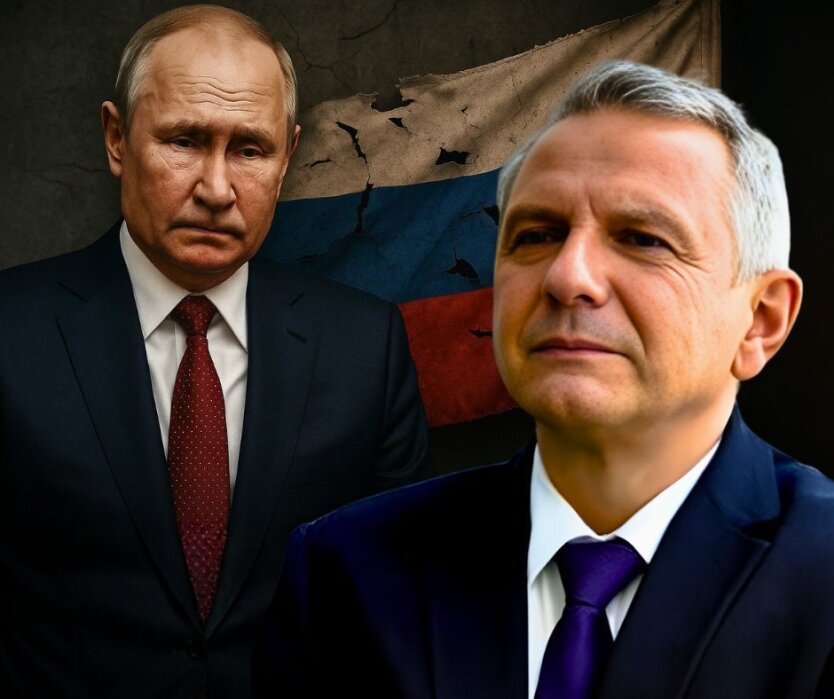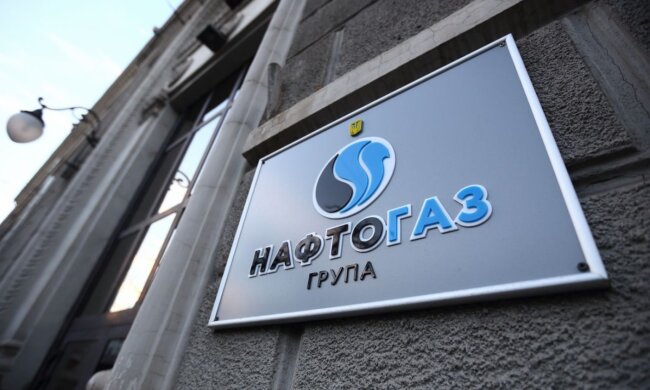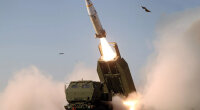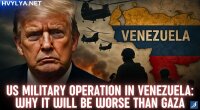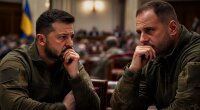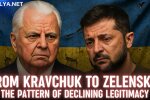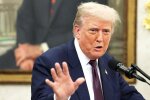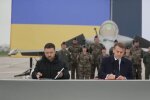Economist Oleh Ustenko, in a comprehensive hour-and-a-half conversation with Yuriy Romanenko, conducted a detailed study of the Russian economy's condition, dispelling illusions about the enemy's imminent collapse and warning against the danger of primitive optimism. The conversation took place against the backdrop of failed negotiations between Russian envoy Dmitriev and the American elite and the introduction of new sanctions against Lukoil and Rosneft.
Three Time Horizons of Russia's Crisis
Ustenko proposed dividing the analysis into three time periods. In the long-term perspective (from two years and beyond), Russia has "everything very bad." The country remains a resource-based economy, and all talk of import substitution is fiction. The story with Prime Minister Mishustin is telling: in early 2025, meeting with young scientists in Novosibirsk, he promised breakthrough import substitution first in one year, then in three years, then settled on "maximum five years"—demonstrating the authorities' complete confusion.
The fundamental problem is being cut off from the global market for research and development, the impossibility of purchasing equipment and machinery for extractive industries. The first sanction packages cut Russia off from military-industrial equipment, then from related sectors, and finally from all resource industries. Theoretically, they can only exploit what they currently have available. Trust in Russia has been undermined on the international arena for decades. Europe is no longer betting on the Russian energy sector, investments will not come, and local capital will seek ways to withdraw from the country.
Short-Term Stability: An Alarming Reality
However, in the short-term perspective (from zero to 12-24 months), the situation is radically different. Ustenko categorically warns: "It's a colossal danger—to think, especially for us as Ukraine, that Russia's economy will collapse tomorrow. One should not pass off one's wishes as a realistic scenario."
Analysis of the Russian budget shows three large expense groups. The military-industrial complex—$150 billion officially in 2025, $160 billion next year, plus hidden financing, which gives about $200 billion in reality. For comparison: Ukraine's entire security and defense sector is $60 billion. Ustenko emphasizes the difference in scale, though noting that Russia doesn't spend its entire budget on Ukraine—it has several fleets, nuclear forces, groupings in the north for possible provocations against the Baltic states.
Oil Sanctions: A Blow, But Not a Knockout
Examining in detail the impact of sanctions on the oil sector, Ustenko explains the mechanism of pressure on Russia. India has begun bargaining and reducing purchases of Russian oil. The British, the French—everyone is looking for ways to minimize losses from breaking with the Russian market, but the process is ongoing. China is refraining from purchasing seaborne oil until the Trump-Xi Jinping meeting. Russians have begun selling at an even greater discount. In a week, Brent crude prices rose from $60 to $65 per barrel—there was no panic in the global market.
Europeans adopted the 19th sanctions package, but traditionally take "half a step forward," postponing the rejection of liquefied gas until the end of 2026, and only for short-term contracts, which are almost non-existent. Losing the Indian market means minus $30-50 billion for Russia. But where will the Kremlin cut spending?
The Logic of Totalitarian Regime Survival
Ustenko is confident: they won't go into the military-industrial complex or the repressive apparatus. Social spending will take the hit. They will cut some payments, postpone some to the end of 2026 with promises of "wait, good people, once the situation stabilizes a bit." They will declare some expenses a "foolish waste" and simply cancel them. They will buy time "by hook or by crook, more by crook than by hook."
Not only will they preserve the repressive apparatus, but they may strengthen it. The Kremlin is not confident in society, despite VTsIOM polls showing that 69-70% of Russians support the war. Ustenko doubts these figures—in a totalitarian country, when asked about the war by phone, people answer as expected "on the other end of the line," not as they actually think. If protests begin in St. Petersburg and Moscow, not in Volgograd or Omsk, the repressive machine must be ready. "The whip must fly with much greater frequency."
Stagflation and Growing Aggression
Russia's macroeconomic indicators are catastrophic: inflation 6-8%, Central Bank key rate 17%, technical recession (0.4% growth in Q2 2025, IMF lowered forecast to 0.6% annually), budget revenues falling. Classic stagflation—stagnation plus high inflation. Growth is concentrated only in the military-industrial complex; in all other sectors—either zero or minus.
The Central Bank is trapped: it should raise rates to fight inflation but cannot do so under Kremlin pressure, as this would suppress economic growth. The current rate isn't dealing with inflation but is already suppressing growth. By winter, food prices will rise even higher.
Ustenko draws a parallel with Iran: sanctions were imposed in 1978, more than 40 years have passed, but the population's standard of living is still lower than in 1977. "So what, they live, poorly, but they live." Such a future may await Russia.
Critical Forecast: Explosion of Aggression
Ustenko's most alarming conclusion: in the short term, the level of Russian aggression will increase, by an order of magnitude, if not exponentially. The Kremlin understands that in the long term they are doomed. They see a "hill" ahead from which they will have to roll down. In their understanding, catastrophe two years from now can only be avoided now, in the short term. "This means the regime becomes more aggressive. They understand that later the game is over. They're trying to change history in this short-term period."
"The cockroaches living in Kremlin heads are starting to run at much greater speed compared to '22 or '23." This is the most difficult period—an outbreak of psychopathic aggression from a cornered aggressor. Even Russian media are preparing for possible negative information from the meeting with Trump, not rolling out positive expectations.
Geopolitical Context: Ukraine as a Catalyst
Ustenko and Romanenko discuss the geopolitical architecture where the U.S. and China are "two dinosaurs" with economies of $30 and $20 trillion. Europe, with its $20 trillion GDP, risks becoming hostage to their deals. Ukraine is "a bone in the throat" for all players: Europe, Russia, the U.S., and China.
In Europe, there's a struggle between the pro-Russian lobby (Orbán, Babiš, the growing right) and the anti-Russian line (Merz in Germany calls Russia an enemy). Ustenko notes that the mainstream elite supports a hard line. Europeans face a choice: either submit to Trump, or to Putin, or assert themselves as independent actors.
To match Ukraine's military budget to Russia's, Europe needs $100 billion—just half a percent of their GDP. "If they perceive us as an eastern outpost, then this is an investment." But they keep postponing the reparations loan.
Conclusion: Cold Realism
Ustenko concludes the conversation with a call for sobriety: "Waiting for Russia's collapse tomorrow or the day after simply because things are going as we would like—that's the wrong path. I hope our military understands this, because counting on them simply falling into the abyss there now and everything being easily resolved—no. That's not how it is."
In the short term, Russia is stable and will be maximally aggressive. The question for Ukraine is to survive this most dangerous period of a cornered beast's aggressive outbreak. Later, in two years, when the ice under the Kremlin begins to crack, the situation may soften. But right now is the most difficult moment, which must be prepared for without rose-colored glasses and political incantations about imminent victory.
